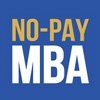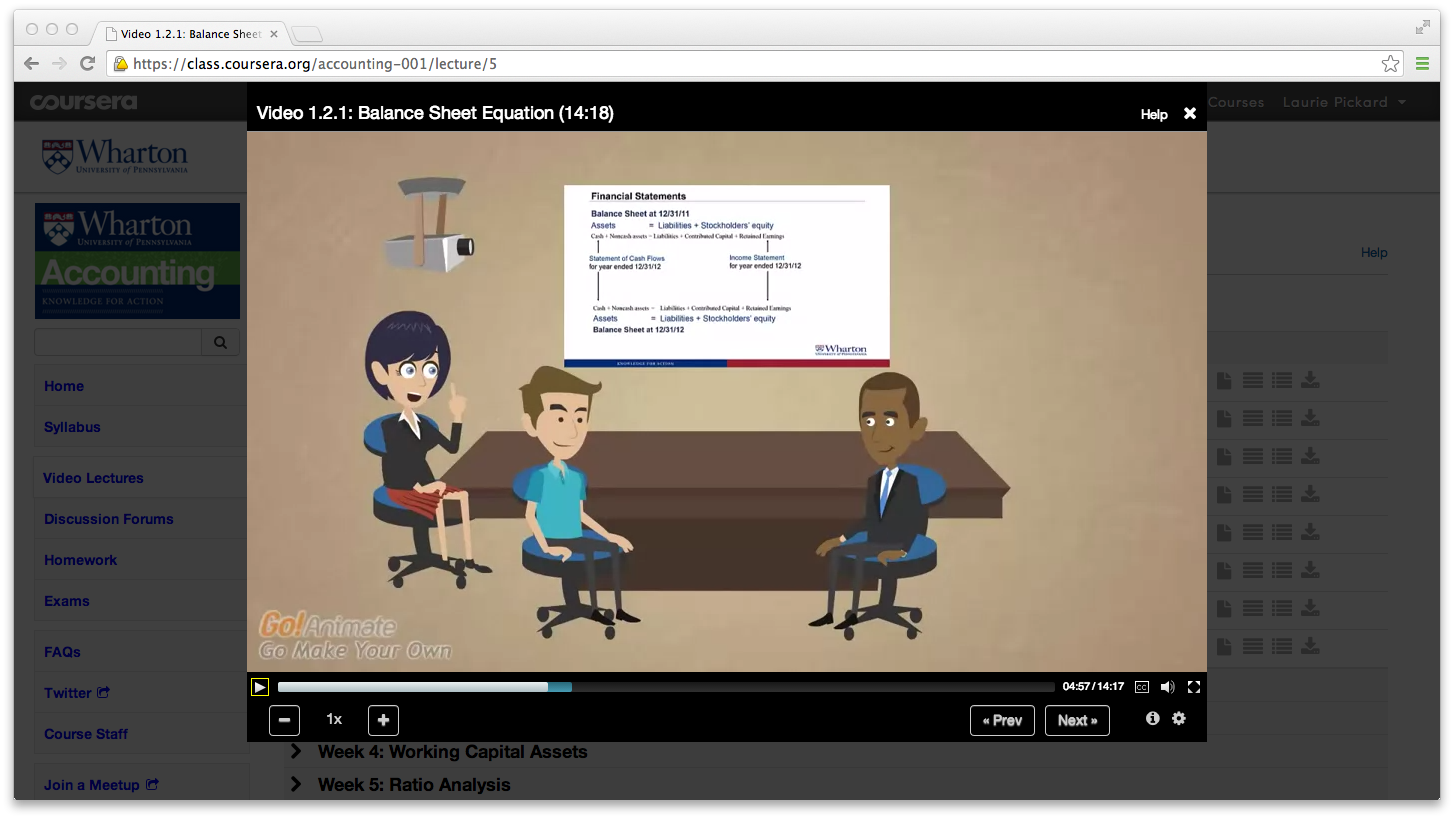A recent Huffington Post blog entry asks the question, how do you define a MOOC? For example, how big does a course have to be to be considered “massive”? Does a course have to be completely free to be considered “open”? And what exactly is a “course” anyway? For example, does a podcasted lecture count as a course?
I am not overly concerned about whether my coursework falls into the MOOC genre. Rather, what matters to me is that my courses be free or nearly free, that they cover subjects that are MBA-relevant, and that they allow me the opportunity achieve mastery in a subject area.
I’ve taken several different types of free courses since I started this project. My first was a class on coffee price risk management offered by the World Bank. It wasn’t technically a MOOC because it wasn’t open – I needed a CD with an access code to take it – but it was similar to a MOOC in that I was responsible for supplying the motivation to get through the course, and there was no teacher to help me out if I got stuck. I’ve since taken courses on iTunesU, Coursera, Canvas Network, and Open Yale.
Based on that diversity of coursework, here are my criteria for what makes a good MOOC. (Bear in mind that I’m using the term “MOOC” loosely.)
- The course should be intended for an online audience.
It has been much easier for me to learn in courses that are actually intended for an audience that is not physically in the same room as the teacher. While it’s cool to be able to listen in on the regular live classes of top professors, it’s difficult to truly follow along when you’re missing so much of the face-to-face interaction of the classroom. This turns out not to be a problem in a course where the professor is speaking to online students.
2. A course that follows a defined schedule is better than a self-paced course.
I’ve taken courses with a set schedule and deadlines for homework assignments and exams. These courses are much easier to finish than those that require the student to pace themselves for the whole course. That said, flexibility is also a virtue. It’s best when the course offers a window of about two weeks to complete an assignment. That way a heavy week at work won’t totally throw you off track.
3. A simple layout is best.
I’ve taken most of my courses so far on Coursera, primarily because the offerings are so much better than any competitor’s. But now that I’ve started a course on a another site – Canvas Network – I must say I have a strong preference for Coursera’s layout. The side bar on the course home page shows me everything I want to see – links to video lectures, homework assignments, the course syllabus, and the discussion forum all in one place. Canvas walks you through the course, from one module to the next, with the quizzes and discussion forums threaded through. Unfortunately, this system makes it much more complicated to find anything. I recently discovered a series of homework assignments I had missed because I hadn’t correctly navigated the course modules.
4. Multiple forms of information delivery can be effective.
Coursera courses are based around video lectures, often with Power Point slide shows worked through. Canvas uses more text pages, with some live (and later archived) video discussions. The World Bank coffee course I took was almost all text. Some courses have included links to external sites – whether to provide supplemental information, real-world examples, or practice with concepts. All of these forms of delivering information are effective. My Accounting teacher went above and beyond by including animated virtual students in his video lectures, but that’s really not necessary.
5. Don’t just give an overview; go into detail.
I don’t know if it’s that they didn’t have the time to do a thorough job or if they think online students won’t get it, but some of my courses have been too superficial. The main culprits here are International Organizations Management and, as I’m coming to find out, Project Management Skills for All Careers. It really irks me when the professors allude to a skill set that is necessary in the subject they are teaching, then gloss over the technicalities of employing that skill set. For example, my Project Management class recently had a module explaining the importance of making the business case for a new project, but didn’t go into any specifics about how to do the analysis, or how to present the results!
6. Make the homework difficult.
My biggest pet peeve is when instructors assign posting to the discussion forum as homework. The forum gets so crowded with useless posts. “I agree with what So-and-so said.” Or, “Thank you, professor, for an interesting lecture.” You scroll through hundreds of these comments, only to post your own superfluous message and get “credit” for it. Another pet peeve is easy quizzes. If I can ace the quiz without listening to the lecture, it needs to be more difficult. Problem sets are the best kind of homework. Preferably difficult ones. Kudos to my professors of Accounting and Operations Management for making good problem sets and hard quizzes.
In summary, a good MOOC is one that is simple to navigate, that works within the limitations of an online platform, and that is challenging enough to be rewarding.
In other words, give me what I need to succeed, then make me work for it.
My Accounting course is a great example in this regard. Sure, it was difficult, but in the end almost 10,000 of us will be receiving a Statement of Accomplishment. And for this course, I’m truly proud to have earned it.




